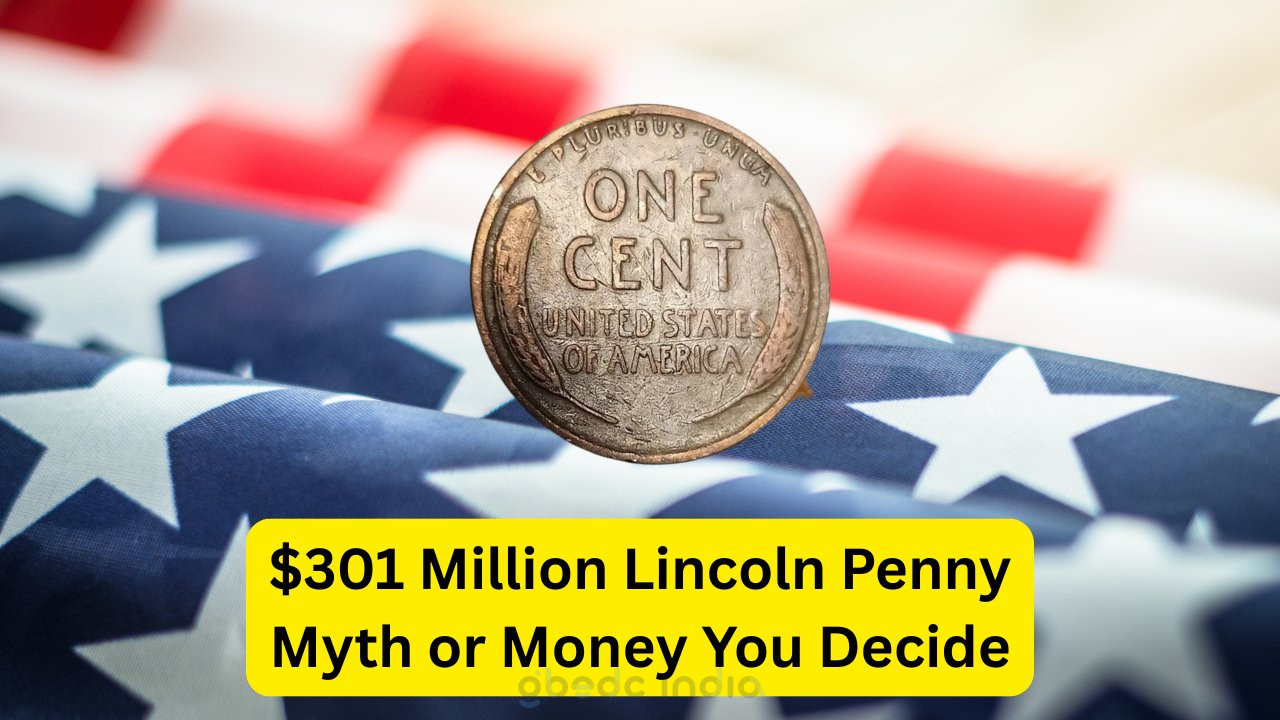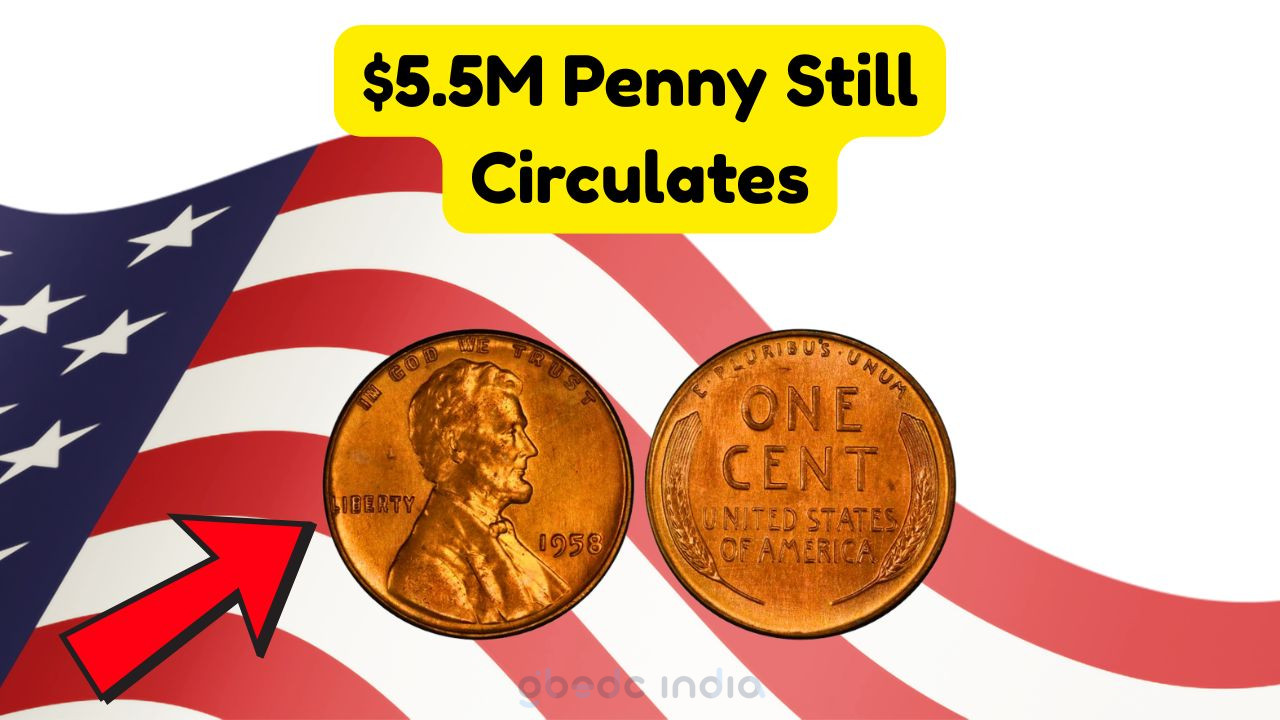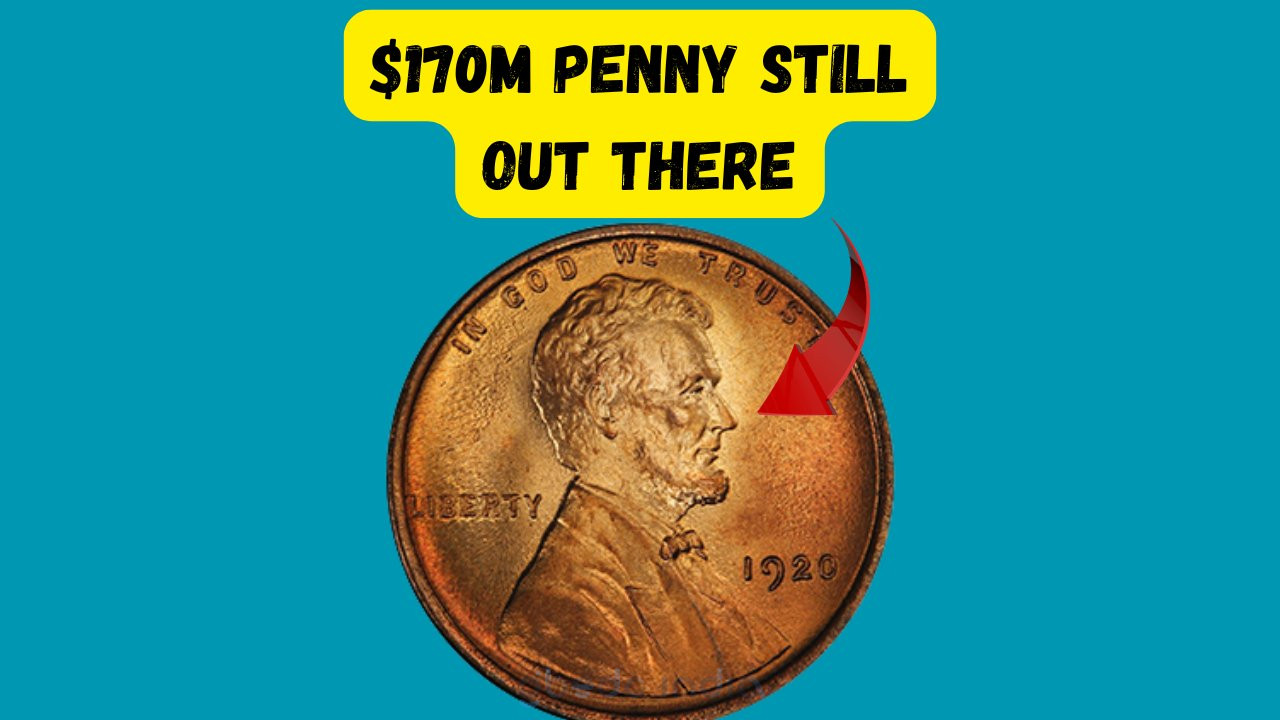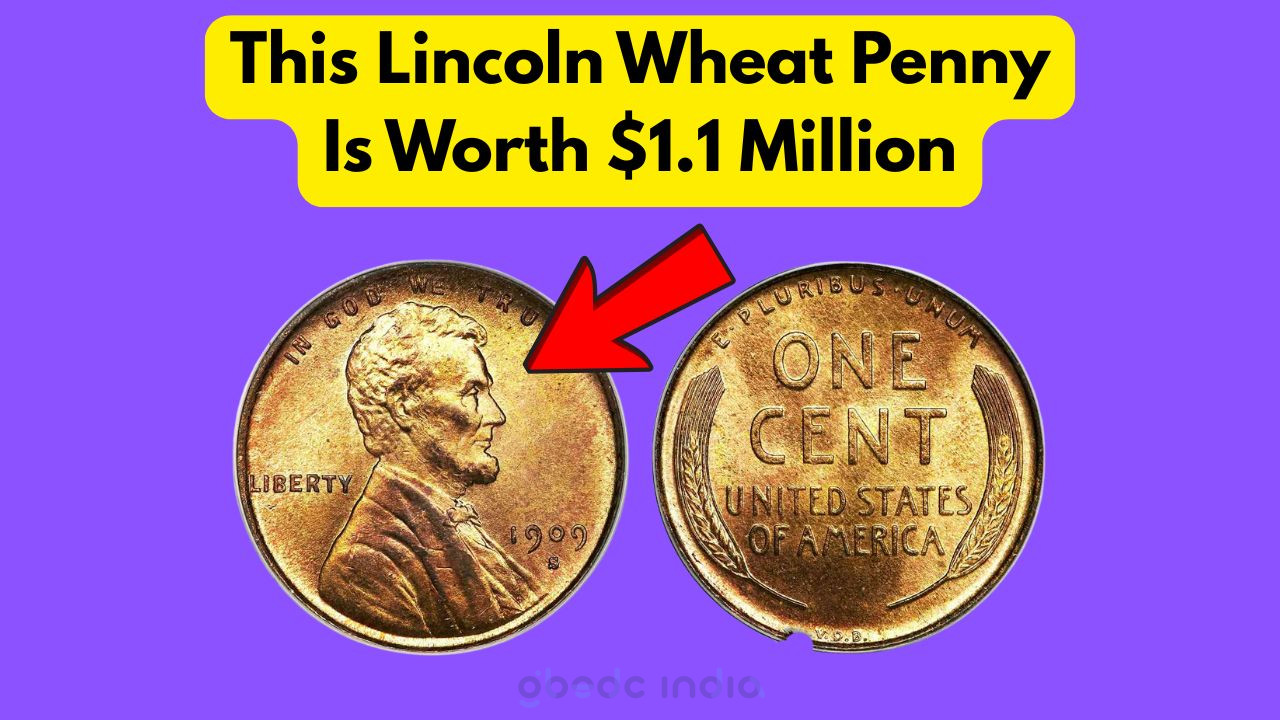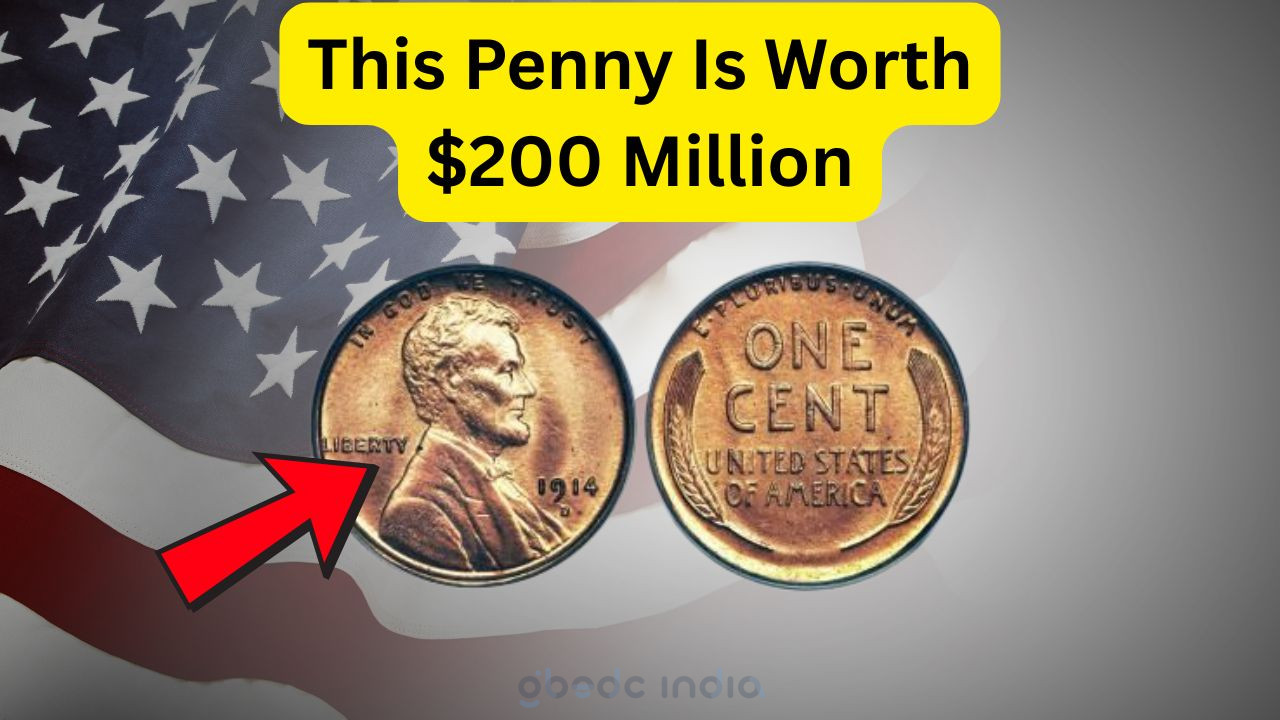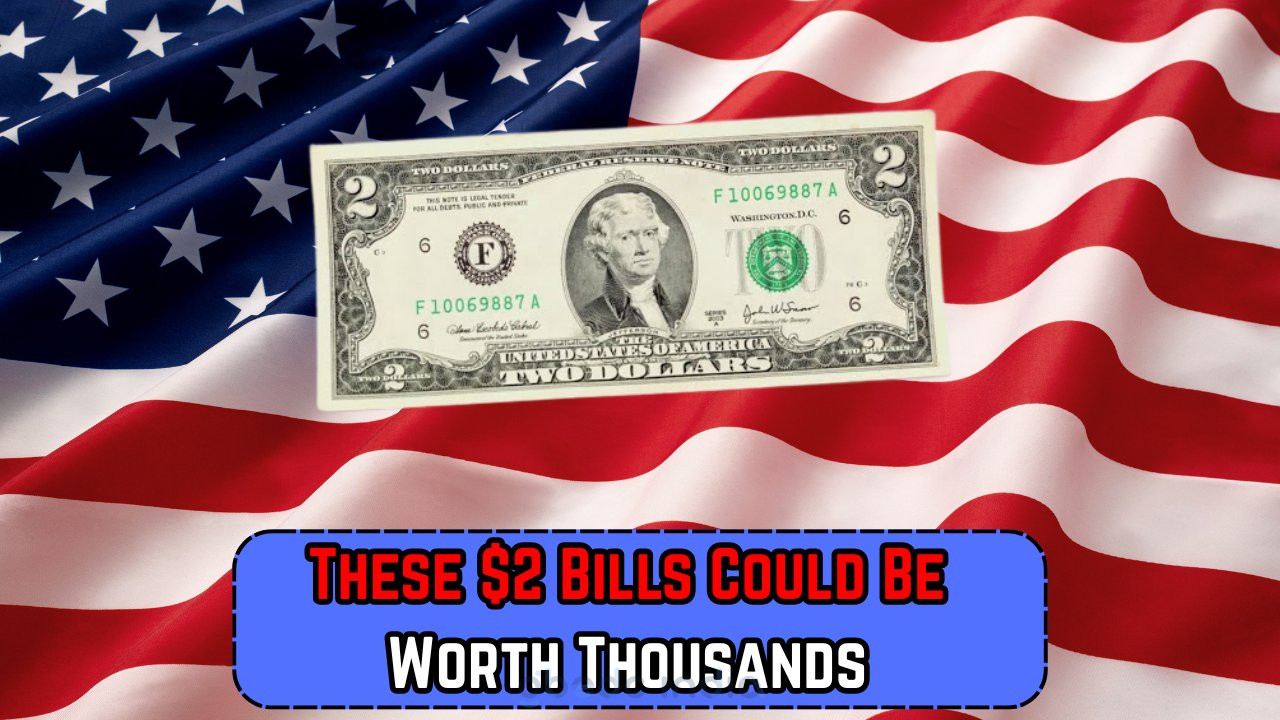The $301 Million Lincoln Wheat Penny:Is it Still Out There?
Discovering the Lincoln Wheat Penny
The $301 Million Lincoln Wheat Penny is a numismatic legend that continues to captivate coin collectors and enthusiasts around the world. This elusive penny, minted in the early 20th century, has become a symbol of rarity and value, with its unique history and characteristics making it a highly sought-after piece in the world of coin collecting. The origin of this penny dates back to 1909 when the U.S. Mint introduced the Lincoln Wheat Penny to commemorate the 100th anniversary of Abraham Lincoln’s birth. Its design, featuring Lincoln’s profile on the obverse and wheat stalks on the reverse, was revolutionary at the time, setting a new standard for coin design.
- The Lincoln Wheat Penny was minted from 1909 to 1958.
- It was the first U.S. coin to feature a real person, Abraham Lincoln.
- Designed by Victor David Brenner, a Lithuanian-born sculptor.
- Minted in various locations, including Philadelphia, Denver, and San Francisco.
- The 1943 copper penny is one of the most famous errors.
- Approximately 1.1 billion were produced in its first year.
- Over 25 billion were minted in total.
Why is the Lincoln Wheat Penny So Valuable?
The value of the Lincoln Wheat Penny, particularly the $301 million version, stems from its rarity and historical significance. During World War II, the U.S. Mint switched to using zinc-coated steel for pennies to conserve copper for the war effort. However, a few copper planchets were mistakenly used, resulting in the rare 1943 copper penny. This error made the penny extraordinarily rare, with only a handful known to exist. The 1943 copper Lincoln Wheat Penny is a collector’s dream, with some fetching prices in the millions at auctions. Its value is not just monetary; it represents a piece of American history, a testament to the era’s challenges and the resilience of the American spirit.
| Year | Mint | Composition | Notable Variants | Value Range | Rarity | Notes |
|---|---|---|---|---|---|---|
| 1909 | Philadelphia | Copper | V.D.B. | $20 – $1,000+ | Medium | First year of issue |
| 1914 | Denver | Copper | Low Mintage | $150 – $3,000+ | High | Highly sought after |
| 1922 | Denver | Copper | No D | $500 – $5,000+ | Very High | Mint mark error |
| 1943 | Philadelphia | Steel | Copper Planchet | $100,000 – $1,000,000+ | Extremely High | Famous error |
| 1955 | Philadelphia | Copper | Double Die | $1,000 – $10,000+ | High | Notable error |
| 1958 | Philadelphia | Copper | Double Die | $1,500 – $12,000+ | High | End of series |
| 1944 | San Francisco | Copper | Steel Planchet | $75,000 – $100,000+ | Extremely High | Another wartime error |
How to Find a $301 Million Lincoln Wheat Penny
Finding a $301 million Lincoln Wheat Penny is akin to finding a needle in a haystack, but it’s not impossible. Collectors and enthusiasts should keep a keen eye on the pennies in circulation, especially older ones. While the chances are slim, they are not zero. Coin shows, auctions, and estate sales are excellent venues to explore, as they often feature rare coins. Joining coin clubs and forums can also provide valuable insights and tips from experienced collectors who may have encountered rare finds. The thrill of the hunt is part of the appeal, and each penny examined brings the possibility of uncovering a hidden gem.
- Check your change regularly for older pennies.
- Visit local coin shops for expert advice.
- Attend coin auctions and shows for rare opportunities.
- Network with other collectors for tips and leads.
- Invest in a good magnifying glass for close inspection.
The Impact of Discovering a Rare Penny
Uncovering a rare penny can have a profound impact on a collector’s life, both financially and emotionally. The discovery of a $301 million Lincoln Wheat Penny would not only provide financial security but also a sense of accomplishment and joy. Collectors often describe the moment of discovery as exhilarating, a culmination of years of searching and dedication. Finding such a penny can also raise a collector’s profile in the numismatic community, leading to increased opportunities and recognition. It’s a story worth sharing, a testament to perseverance, and a reminder of the unexpected treasures that can be found in everyday life.
- Immediate financial gain from the sale of the penny.
- Increased status within the collecting community.
- Media attention and public interest.
- Opportunities to speak at events and share the story.
- A sense of personal achievement and satisfaction.
- An inspiring story to share with future generations.
- Potentially changing the narrative of one’s financial future.
Protecting Your Coin Collection
Once you have a prized collection, protecting it becomes paramount. Coins should be stored in a cool, dry place to prevent tarnishing and damage. Coin holders and albums are excellent options for organization and protection. Security is also a concern; consider a safe or safety deposit box for your most valuable items. It’s also wise to insure your collection, as it represents a significant investment. Regularly updating your inventory and documenting each piece with photographs and descriptions can assist in the event of loss or theft.
- Use Airtight Holders
- Invest in a Quality Safe
- Store in a Climate-Controlled Environment
- Regularly Update Insurance Policies
- Keep Detailed Records of Each Coin
Coin Grading: Understanding the Value
| Grade | Description | Value Impact |
|---|---|---|
| MS-70 | Mint State Perfect | Maximum Value |
| MS-65 | Mint State Gem | High Value |
| MS-60 | Mint State Uncirculated | Moderate Value |
| AU-50 | Almost Uncirculated | Reduced Value |
| EF-40 | Extremely Fine | Lower Value |
| VF-20 | Very Fine | Even Lower Value |
| F-12 | Fine | Minimal Value |
| G-4 | Good | Lowest Value |
Key Dates and Errors to Watch For
1914-D
1922 No D
1943 Copper
1955 Double Die
1944 Steel
1958 Double Die
1969-S Double Die
